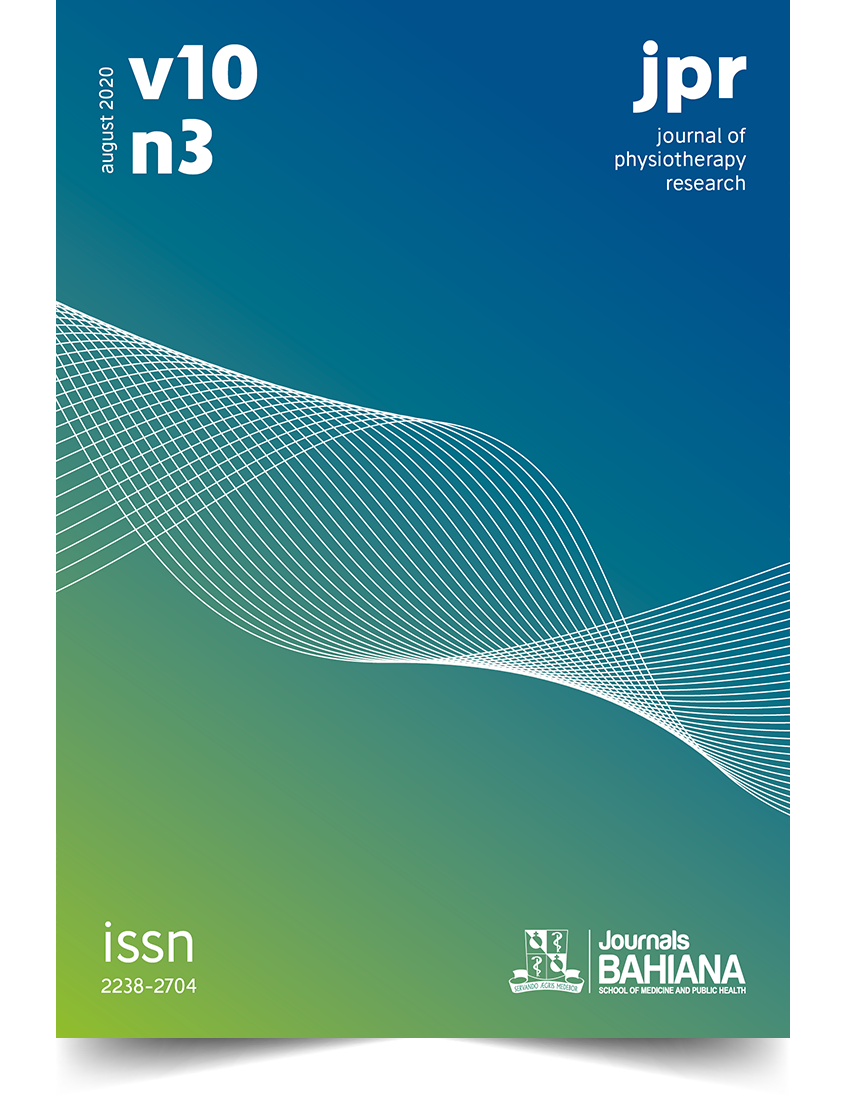Well-being and facial motor impairment in patients with peripheral facial paralysis: a cross-sectional study
DOI:
https://doi.org/10.17267/2238-2704rpf.v10i3.3108Keywords:
Facial paralysis. Sickness impact profile. Facial nerve.Abstract
INTRODUCTION: Peripheral Facial Paralysis (PFP) is the result of facial nerve dysfunction
The inability to move the face has social and functional consequences for the patient. OBJECTIVE: To analyze the relationship between facial motor impairment and well-being in patients with Peripheral Facial Paralysis (PFP). METHOD: This is a descriptive, observational, cross-sectional study. The eligibility criteria consisted of having a diagnosis of facial paralysis and being seen at the FACISA School of Physiotherapy clinic. The sample consisted of 20 people affected by PFP. The patients were evaluated by a socio-demographic data sheet and by the instruments: House-Brackmann Scale (HB) and Facial Impairment Index (IIF). Spearman's correlation coefficient was used to analyze the degree of correlation between HB, IF and injury time. RESULTS: the participants were 65% female, the median age was 50.5 years, the injury time was 3 to 331 days (median 17.5 days), the predominant etiology was idiopathic 65%, and both hemifaces were affected in equal proportion (50%). As for the clinical characteristics of PFP, the level of facial motor impairment graded by the HB scale obtained a median of 4, the IFF-physics obtained a median of 60. IFF-social function obtained a median of 38. In the correlations between HB, injury time and IFF, it was observed that the values obtained indicated that there were no statistically significant correlations. CONCLUSION: Even though the level of facial motor impairment is marked, there was no correlation with the participants' well-being.



